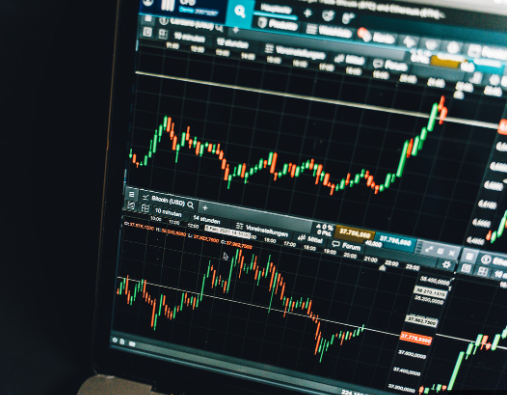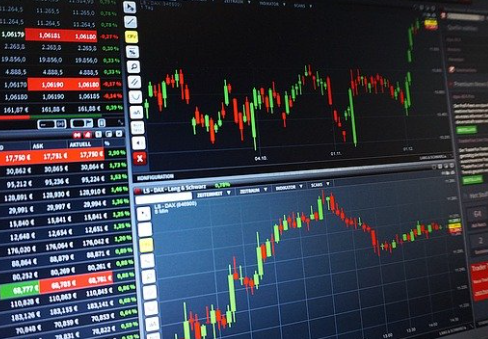To effectively handle the risks associated with forex trading, it is recommended to employ strategies such as setting stop-loss orders, calculating appropriate position sizes, diversifying your portfolio, staying up to date with economic news and events, and following your trading plan with discipline while avoiding impulsive decisions.
Introduction
Forex trading presents a lucrative opportunity for traders and investors worldwide to profit from fluctuations in currency exchange rates. Nonetheless, the foreign exchange market is also associated with significant risks that require effective management to prevent losses. Managing risk is a critical component of forex trading, and traders should possess a comprehensive understanding of the risks involved as well as the techniques for mitigating them. This article serves as a practical guide on how to manage risk in forex trading, which covers various strategies such as developing a trading plan, utilizing risk management techniques, employing technical analysis, staying updated with market news and events, and regularly monitoring and analyzing trading performance. By implementing these approaches, traders can effectively control risk and enhance their chances of success in forex trading.
Understanding the Risks Involved in Forex Trading
It is essential to comprehend the risks associated with forex trading before starting to trade. The foreign exchange market is extremely volatile, with exchange rates continuously fluctuating, which could result in substantial losses for traders, particularly those who are not adequately prepared to manage risk. Furthermore, as the forex market operates 24 hours a day, traders may face unexpected price movements during non-trading hours. Other risks include political and economic instability, sudden shifts in market sentiment, and the risk of default by counterparties. To mitigate these risks, traders must be aware of them and develop a risk management strategy. By comprehending the risks involved, traders can make well-informed decisions and minimize potential losses.
Develop a Trading Strategy
A basic trading strategy is a defined plan of action that outlines the process of making trades and managing risk in the financial markets. Below are some key steps involved:
- Identify market trends: Analyze charts and use technical analysis to spot established trends in the market.
- Determine entry and exit points: Use chart patterns and technical indicators to identify the best points for entering and exiting trades.
- Implement stop-loss orders: To minimize potential losses, place stop-loss orders that automatically close out trades if the market moves against you.
- Set take-profit orders: To lock in profits, establish take-profit orders that automatically exit trades when the market moves in your favor.
- Manage risk: Determine the amount of capital to risk on each trade and ensure you limit your exposure to any one trade.
- Keep records: Record your trading activity to track your performance and identify areas for improvement.
Remember, no strategy can guarantee success, so it’s important to maintain disciplined risk management practices and avoid making emotional decisions.
Risk Management Techniques
Effectively managing risk is crucial for successful forex trading, and there are several risk management strategies available to traders, including:
- Position sizing: Determine the appropriate size of each trade based on the trader’s account size and risk tolerance.
- Stop-loss orders: Set up an order to close a trade at a predetermined price level to minimize potential losses.
- Take-profit orders: Place an order to close a trade at a predetermined price level to secure profits.
- Trailing stop-loss orders: Adjust stop-loss levels as the trade moves in the trader’s favor to protect profits.
- Hedging: Utilize financial instruments to counteract potential losses.
By utilizing these techniques, traders can reduce potential losses and maximize their profits. Nevertheless, it is important to recognize that no strategy can guarantee success, and traders should continuously monitor their trades and adjust their risk management approach as necessary.
Use of Technical Analysis
Technical analysis is a financial market analysis approach that utilizes charts and statistical indicators to examine price and volume data. Technical analysts believe that past price movements and trading volumes can provide insights into future price movements. The primary objective of technical analysis is to spot trading opportunities based on trends, support and resistance levels, and other technical indicators. Technical analysts employ different methods and tools to assess market conditions, including moving averages, trendlines, oscillators, and chart patterns. Although technical analysis is not an infallible method for predicting future price movements, it can aid traders and investors in making more informed decisions. By examining market trends and patterns, technical analysis can assist traders in identifying potential entry and exit points for purchasing and selling securities while also managing risk and optimizing their portfolios.
Conclusion
To successfully trade forex, it is crucial to manage risk effectively. Some important considerations include utilizing risk management tools like stop-loss orders, position sizing, and trailing stops to mitigate potential losses. It is also important to develop a comprehensive trading plan that includes risk management guidelines and stick to it. Maintaining a rational mindset, avoiding emotional trading, and staying updated with economic and geopolitical news that can impact the forex markets are also critical. Technical analysis and other tools can help identify trends and potential entry and exit points, and diversifying one’s portfolio by trading multiple currency pairs and using different trading strategies can also help minimize risk. Finally, regularly assessing and reviewing trading performance is important to identify areas for improvement. By following these practices, traders can increase their chances of success in the forex market while minimizing potential losses.






